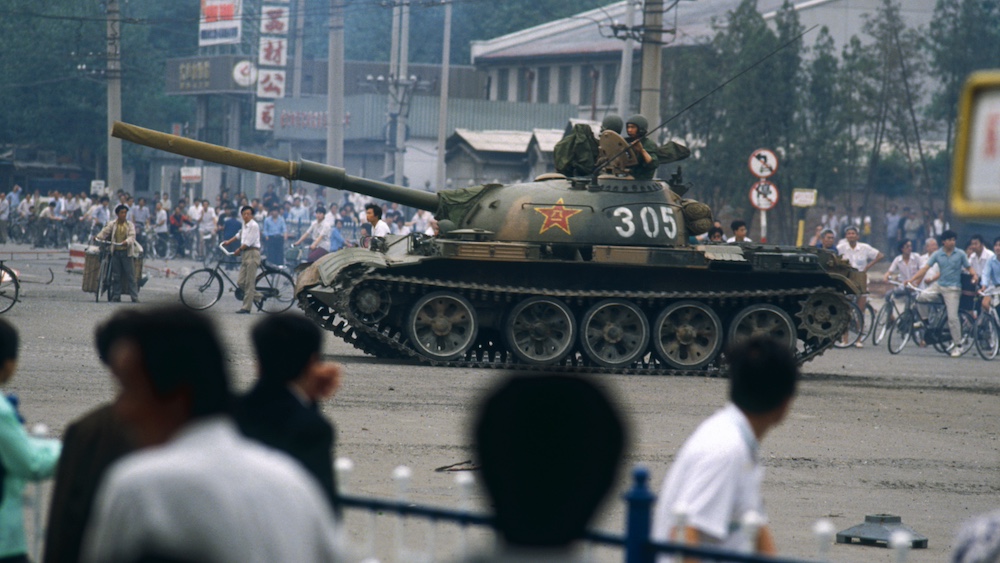Thirty-five years ago today, China’s leaders ordered tanks into Tiananmen Square to disperse a student encampment. The death toll was never made public; it is likely that several thousand people were killed.
June 4, 1989 planted the seeds of a much darker, more complicated world than we in the West cared to fathom
The brutal suppression of the pro-democracy protesters came as a shock and was an aberration. After the fall of the Berlin wall, Communist regimes toppled one after another, mostly peacefully. Only Tiananmen spoiled the celebratory mood.
June 4, 1989 planted the seeds of a much darker, more complicated world than we in the West cared to fathom. Beijing waited, and learned, and gathered strength. It first emerged as the world’s workshop. But it was only a matter of time before it made its bid to reshape the world.
One man who understood China’s potential earlier than most was Mikhail Gorbachev. He travelled to China just days before the horrific blood-letting on Tiananmen Square, for the first bilateral summit between China and the Soviet Union in 30 years.

Get Britain's best politics newsletters
Register to get The Spectator's insight and opinion straight to your inbox. You can then read two free articles each week.
Already a subscriber? Log in






Comments
Join the debate for just £1 a month
Be part of the conversation with other Spectator readers by getting your first three months for £3.
UNLOCK ACCESS Just £1 a monthAlready a subscriber? Log in